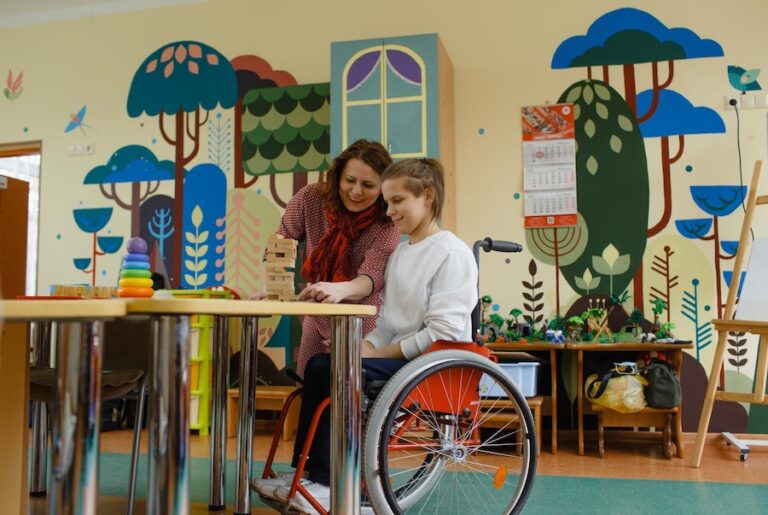Speech Therapy: Targeted Interventions For Various Speech Disorders
Speech is a fundamental aspect of human communication, enabling us to convey thoughts, emotions, and intentions. However, for some individuals, communicating effectively through speech can be challenging due to various speech disorders. Speech therapy emerges as a crucial field dedicated to helping individuals overcome these challenges, offering targeted interventions tailored to specific speech disorders.
To Know More About It Please Click Here
Understanding Speech Disorders
Speech disorders encompass a range of conditions that affect one’s ability to produce sounds accurately or fluently or to use voice and resonance appropriately. These disorders can manifest in different forms, including articulation disorders, phonological disorders, fluency disorders (such as stuttering), and voice disorders. Each disorder presents unique challenges and requires specific interventions for improvement.
Tailored Interventions
Speech therapists, also known as speech-language pathologists, play a pivotal role in assessing, diagnosing, and treating speech disorders. They employ a variety of techniques and interventions tailored to address the specific needs of each individual. Here are some common speech disorders and the targeted interventions used in their treatment:
Articulation Disorders: Articulation disorders involve difficulties in producing sounds accurately due to incorrect placement, movement, or timing of the lips, tongue, or vocal cords. Therapy for articulation disorders often includes exercises focusing on tongue and lip movements, as well as auditory discrimination activities to differentiate between sounds.
Phonological Disorders: Phonological disorders involve difficulties with the sound system of a language, affecting the ability to produce and organize speech sounds in meaningful ways. Therapy for phonological disorders may involve phonological awareness activities, minimal pair exercises, and phonological pattern drills to improve sound production and discrimination.
Fluency Disorders (Stuttering): Stuttering is a fluency disorder characterized by disruptions in the normal flow of speech, including repetitions, prolongations, or blocks of sounds, syllables, or words. Stuttering therapy often incorporates techniques such as stuttering modification (e.g., desensitization, voluntary stuttering) and fluency shaping (e.g., easy onset, gentle voicing) to enhance speech fluency and reduce stuttering behaviors.
Voice Disorders: Voice disorders involve abnormalities in the quality, pitch, loudness, or resonance of the voice, resulting in hoarseness, breathiness, or vocal fatigue. Therapy for voice disorders may include vocal hygiene education, vocal exercises to improve vocal fold function, and resonance therapy to optimize vocal resonance and projection.
The Role of Therapy
In addition to direct interventions targeting specific speech disorders, speech therapy often incorporates strategies to enhance overall communication skills, including language comprehension, expression, pragmatics (social communication), and augmentative and alternative communication (AAC) methods for individuals with severe communication impairments.
Conclusion
Speech therapy offers targeted interventions designed to address the unique needs of individuals with various speech disorders. Through a combination of assessment, diagnosis, and evidence-based interventions, speech-language pathologists strive to improve communication effectiveness, promote speech and language development, and enhance the overall quality of life for their clients. As our understanding of speech disorders evolves and new therapeutic approaches emerge, the field of speech therapy continues to play a vital role in empowering individuals to overcome communication challenges and reach their full potential.
Also, Follow us on Instagram








